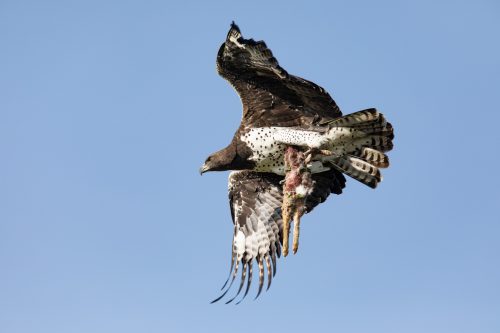
Last week ended with the sensational sighting of lions overindulging their appetites on an elephant that had died of natural causes. Well, as I am sure you can imagine, a feast of that size lasts for days and brings about more than its fair share of chaos and excitement.

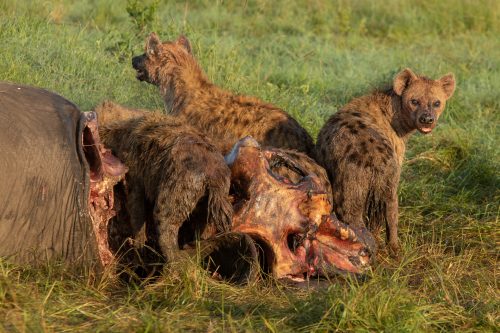
I visited the carcass a few times over the five days it took to be consumed and it was the action on the third day that really blew me away. Each year, there are a few sightings which can best be described as sublime. Well, this was one of them. Getting to the carcass in time for the sunrise, I watched in amazement. The scene was so alive and electric, the smell so putrid. Steam rose from the decomposing body, whilst a few lions fed and others slept with round bellies. At this stage, there were seven male lions sprawled out within 20 metres of what was left of the elephant. It was smelly, yet fairly relaxed scene – at least for now.


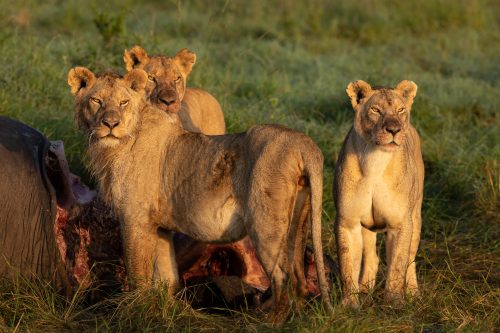
The mood quickly escalated as the roars of lions could be heard in the distance. Panic set in amongst the six Nyati Males and the unidentified young male when they realised the calls were quickly coming closer. Understanding that other males were about to arrive on the scene, the Nyati six started gorging themselves on whatever scraps they could get their teeth into.
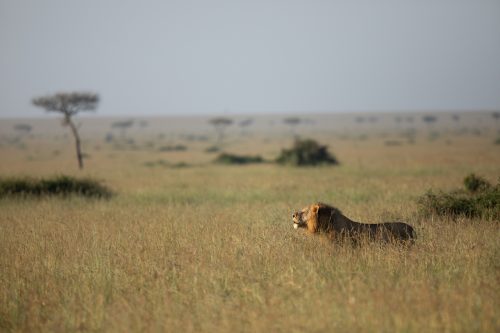
Within minutes, two other male lions roared into action, sprinting onto the scene, scattering lions in all directions. There were now nine male lions at the sighting! Whilst the males chased each other, roaring and scent-marking, so the cunning and ever-present hyenas decided to make their move. For days these scavengers had been circling, waiting for their moment to take over the kill. Within seconds there were over 25 hyenas diving head first into the rotting flesh – faces covered in blood. The air was alive with cackling, laughs, and howls.
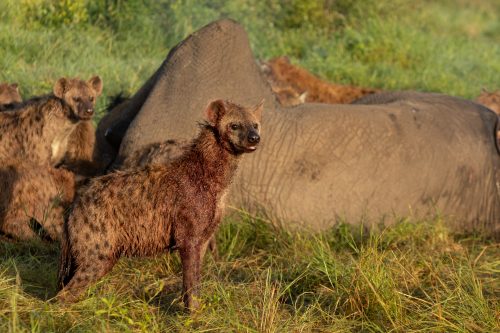
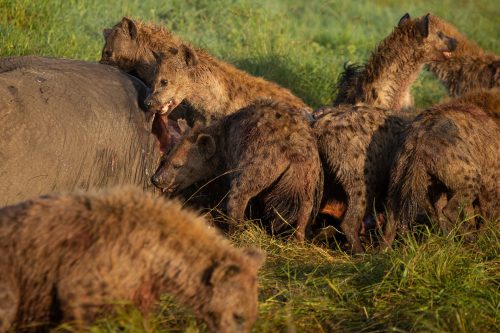
From behind me, another two male lions came storming in. That took the male lion count at the sighting to 11 different individuals. Hyenas scattered. One was caught, bitten on the back and flung aside – he ran away bleeding – he was fine, but his confidence was destroyed as he sprinted for cover, tail between his legs. That was when we all noticed how one of the hyenas had panicked in the melee and made a critical mistake. Instead of running away from the carcass, he literally ran into it, hiding himself within the chest cavity of the three day-old dead elephant. The maggot-infested ribcage was all that was protecting him from the lions who clawed away at the carrion in an attempt to get at their nemesis. They couldn’t get to him. And he couldn’t get out. It was a stalemate.
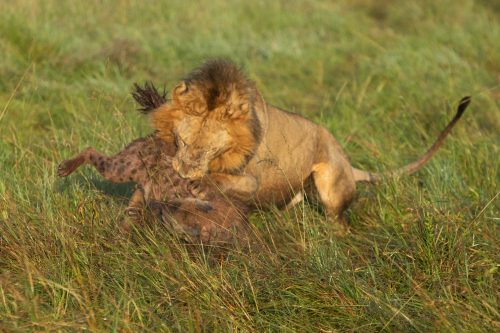


I sat for nearly three hours, trying to see how this would unfold. At times, the hyena actually fed on the inside of the elephant, and on other occasions he even fell asleep in his cocoon of death. On just the other side of the ribcage, lions fed. Eventually I had to leave and return to camp, but I heard via the Mara grapevine, that after five hours of being held captive, the hyena escaped, making a mad dash for the safety of his clan. What a story he would have to tell.
This week also marked the arrival of a huge flock of storks. Each year, at around this time, these migratory birds pass through the Mara ecosystem. It always brings much excitement to look up and see the first of these ‘mega-flocks’ gliding effortlessly across the skies, riding on thermals and covering miles without flapping their wings.

Yet another marvel of the skies is the martial eagle. We welcomed Stratton Hatfield to camp this week, to give our guests a fascinating lecture on the work he, and the Mara Raptor Project, are making towards the conversation of these apex predators. Coincidently, just that morning I had been out on drive when we came across a martial eagle that had already consumed half of a scrub hare.


There are gems hidden across this land. Every drive gives you the chance to uncover them. As the grass continues to get longer, so one could see this as a challenge, or in fact an opportunity to get some unique shots that put emphasis on the scale, and health of this miraculous ecosystem.
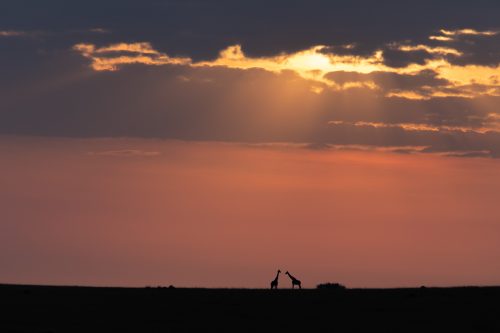
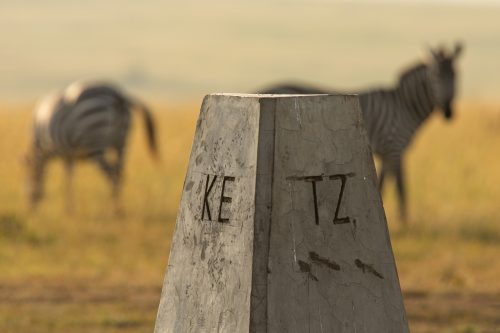

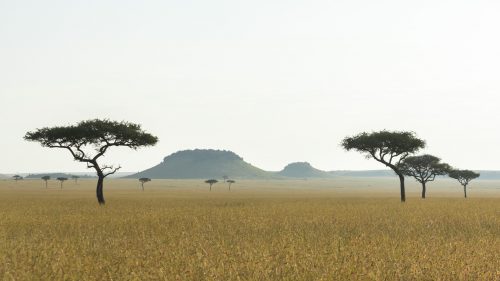
I thought it would be interesting to see the Mara from a new perspective so I asked one of our guests, Jeremy Ford, if he would mind sharing some of the photographs he had taken over the course of his first visit to Kenya. He was delighted, and as you will see – he had some wonderful luck.
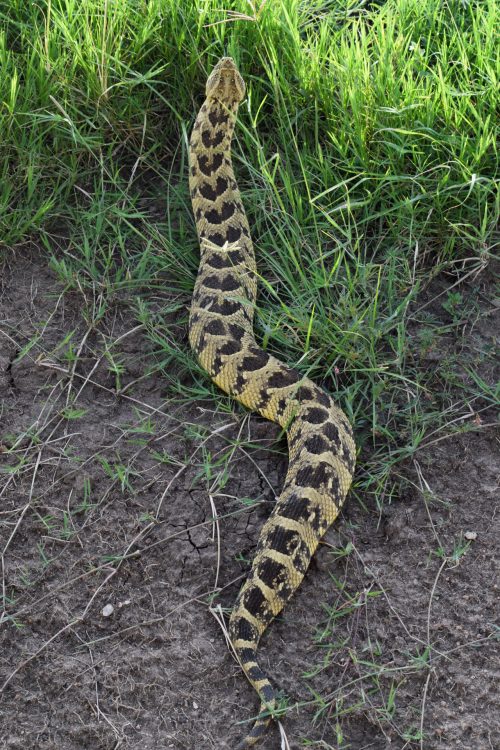
This is the time of the year when we tend to see puffadders crossing the roads. Not everyone’s cup of tea, but there is no disputing just how beautiful they are.

In the fading light of his very first game drive, Jeremy and Rebecca, together with their guide, Wilson Naitoi, got lucky, finding a leopard moving into the grass, having just killed a large monitor lizard.
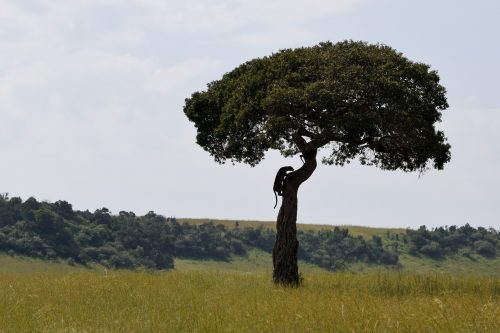
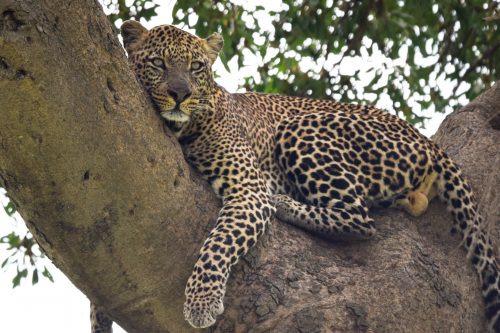
Their leopard luck didn’t end there. On day three of their adventure they came across a gorgeous male crossing the road. They followed him until he gracefully climbed up a tree.
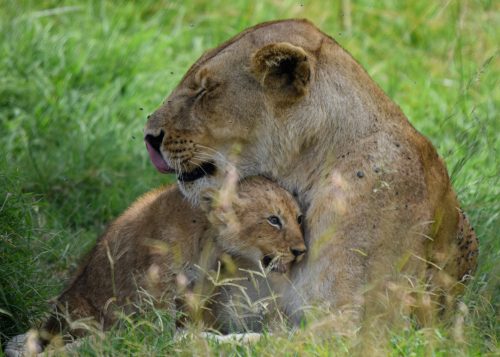
And then to top it all off. They managed to find a set of two new cubs, spending intimate and precious time with their mother.

This week, one year ago, we took a look at the southern portions of the Mara Triangle. A beautiful area, known as the Inselbergs. To this day this remains my favourite part of the Triangle, and if ever you wanted to understand why it is, that we as a lodge, fell in love with this part of Kenya – you needn’t look any further then the Inselbergs.
Filed under: This Week at Angama
Subscribe for Weekly Stories
Comments (1):
18 March 2022
I loved the hyena story - a bit like Jonah and the Whale - and I bet his pack will never believe his tale, when he comes swaggering home.

Angama Image Gallery